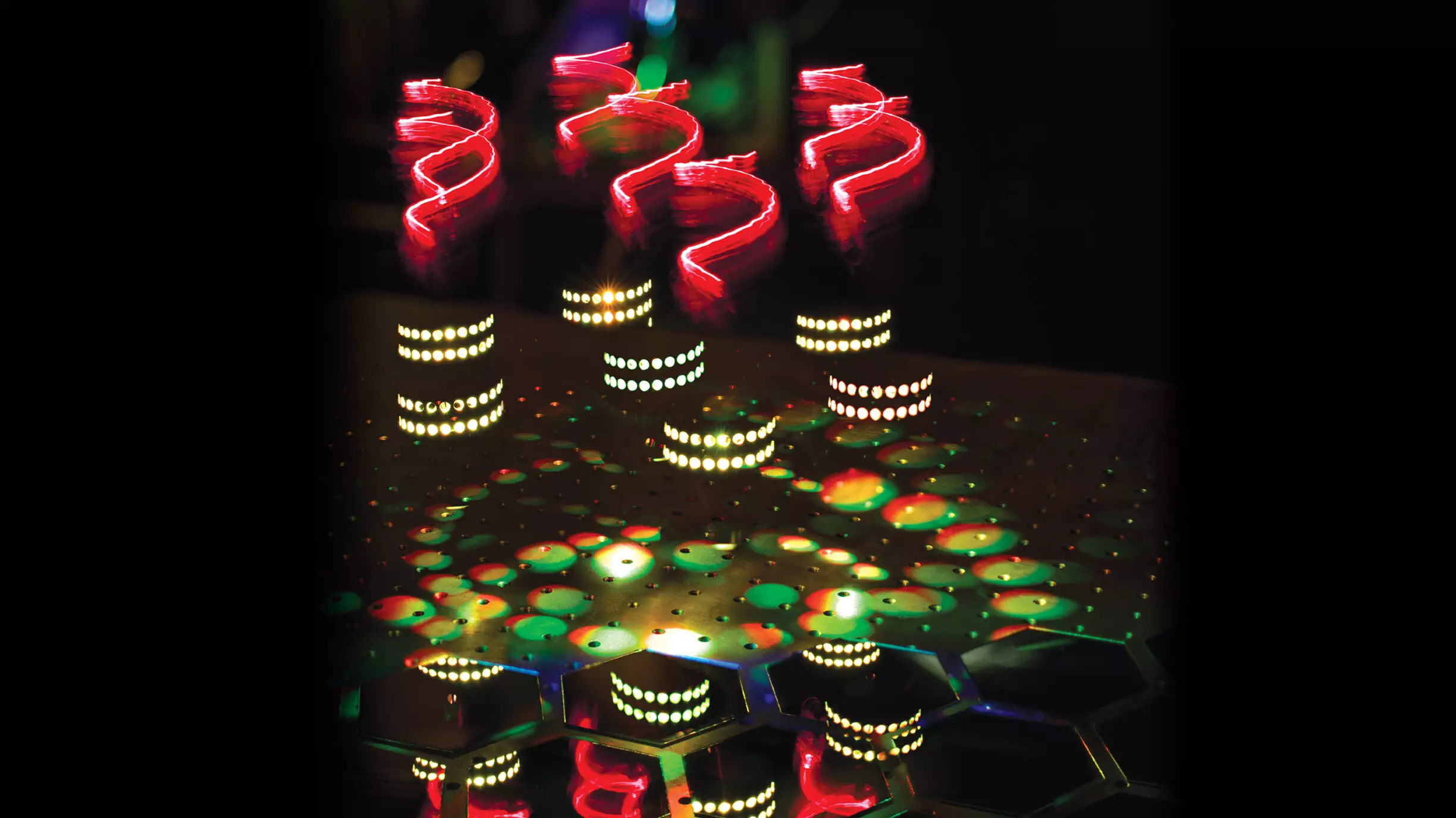The discovery of a new optical phenomenon, known as hyper-Raman optical activity, by an international team of scientists led by physicists at the University of Bath has the potential to revolutionize various scientific fields. With implications for pharmaceutical science, security, forensics, environmental science, art conservation, and medicine, this groundbreaking research is published in the journal Nature Photonics.
Molecules exhibit specific rotational and vibrational patterns when exposed to light, leading to the scattering of photons and the Raman effect. However, some molecular features remain invisible to traditional Raman spectroscopy. To address this limitation, the hyper-Raman effect comes into play. This advanced phenomenon involves the simultaneous impact of two photons on a molecule, resulting in the creation of a single scattered photon with a Raman color change.
Compared to conventional Raman spectroscopy, hyper-Raman offers several key advantages. It can penetrate deeper into living tissue, reducing the risk of damage to molecules, and producing images with improved contrast by minimizing noise from autofluorescence. While the number of hyper-Raman photons is typically lower than that of Raman photons, the presence of nanoparticles near the molecule can significantly amplify their signal.
Chirality in Focus
Despite its advantages, hyper-Raman has traditionally struggled to study chirality, a fundamental property of molecules that influences their structure and function. Chirality is prevalent in various biomolecules like proteins, RNA, amino acids, and sugars, making it a crucial aspect of life sciences. The introduction of chiral light in hyper-Raman spectroscopy, known as hyper-Raman optical activity, holds promise for revealing three-dimensional information about molecular chirality.
Experimental Breakthrough
In their research, the team at the University of Bath utilized non-chiral molecules deposited on gold nanohelices to induce chirality and enhance the hyper-Raman signal. This innovative approach, incorporating the nanohelices as light-focusing antennas, resulted in the successful detection of hyper-Raman optical activity. The collaboration between academia and industry, particularly with Renishaw PLC, aims to further develop this technology for widespread analytical applications.
Applications and Future Prospects
The potential applications of hyper-Raman optical activity are vast and multifaceted. From analyzing pharmaceutical compositions and ensuring product authenticity to detecting illegal substances and pollutants, the technology offers diverse possibilities. It can also aid in art restoration, clinical diagnostics, and environmental monitoring. While the road to implementing hyper-Raman as a standard analytical tool may be long, the researchers are excited about the journey ahead.
The discovery of hyper-Raman optical activity represents a significant milestone in the field of optical spectroscopy and molecular characterization. By bridging the gap between theory and experimentation, this research opens up new avenues for scientific exploration and technological advancement. As the scientific community continues to embrace this pioneering work, the future of hyper-Raman spectroscopy looks promising.


Leave a Reply